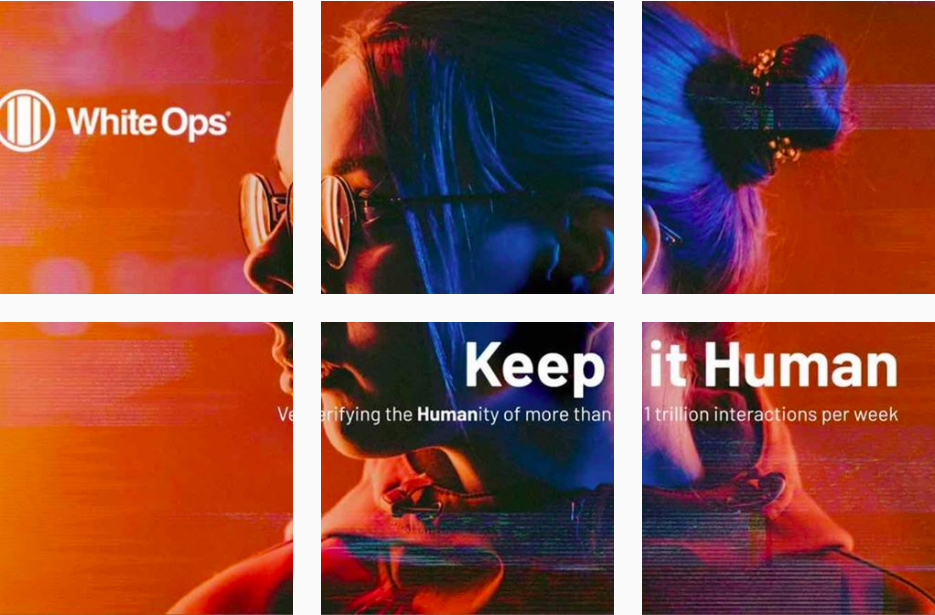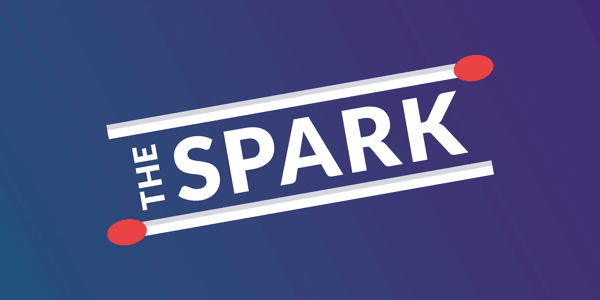Hashtag UGCSince COVID-19 resulted in slashed marketing budgets, user-generated content (UGC) has grown as an essential digital marketing tactic. It’s one of the most cost-effective ways to maintain your brand’s online presence and build trust with your audience (a big plus: real people = relatable content and trustworthy recs). But not all UGC campaigns are created equal, and certain approaches could be sending your budget down the drain.
A recent survey from Visual Objects found only 11% of users have interacted with a #brandedhashtag in the past three months, and 75% of respondents said they’re unlikely to share one on their social media. Yikes.
Once a popular and effective UGC strategy, it’s clear that branded hashtags aren’t delivering the ROI they were before. Instead, reviews on third-party sites are thriving — both in number and engagement. It goes to show these trends come and go. While hashtags are no longer #majorkey for UGC, brands can (and should) explore new avenues beyond traditional social media for garnering those priceless and authentic customer reviews.
TL;DR: Branded hashtags aren’t delivering the same ROI they were before. Try out new avenues for generating #authentic UGC, like customer reviews and peer recommendations, to elevate your brand.
Quality Over QuantityRecently, marketers were given a rare peek behind the Google curtain. The platform’s own John Mueller (a Webmaster Trends Analyst — aka he knows what he’s talking about) gave his answer to a question on Twitter about how the search engine factors word counts into its ranking system.
Looking at Google’s many guidelines, nobody would blame you for thinking the search engine prefers long-form content (let’s just say that the word “comprehensive” comes up a LOT). But shaking up beliefs of marketers everywhere, Mueller said word count is, in fact, not a factor when it comes to SEO.
While word count isn’t necessarily important for Google, your content MUST answer users’ questions in a, yes, “comprehensive” manner. But if that takes your brand just 500 words in a blog post vs. 1,500 words for your competitors, don’t sweat it — it’s about the quality of your content, not the number of words. So, no need to employ all those paper-lengthening tricks you did as a student.
TL;DR: Word count, contrary to popular belief, doesn’t affect your content’s Google ranking — but marketers still need to make sure it’s comprehensive.
B-2-Bing MarketingSometimes it feels like Google Ads gets all the attention, but it’s time we talk about Bing's LinkedIn Profile targeting. The Microsoft-owned search-engine first introduced the paid feature in 2018, but the beta version was limited in scope compared to this new update.
B2B marketers can now place their bets through Bing’s Search and Audience Campaigns with profile targeting filters by job function, industry, and company, all based on LinkedIn’s user data. (Yep, that’s data spanning 100 industries and 80K companies.)
LinkedIn Profile Targeting is something out of a B2B marketer’s dream, and it makes a serious case for advertising on Bing. So whether you’re new to advertising via Microsoft or you’re a Google die-hard, you might consider this B2B bonus on Bing — because who doesn’t love a little alliteration, a hyper-refined audience, and a high-performing ad campaign?
TL;DR: Bing offers B2B marketers a unique audience targeting feature with LinkedIn Profile Targeting — and it’s exclusive.
What Lit Us Up
Keep It Real, Keep It HumanMarketers for technology brands can agree: Talking tech is tricky. And speaking about technical topics in a digestible way … even harder. That’s why cybersecurity company White Ops kicked jargon to the curb and booted buzzwords from its marketing repertoire, which now relies on a straightforward premise: humanity.
Rather than focus its messaging on technical aspects like AI and machine learning, White Ops brings human nature to its marketing. It combats human-impersonating bots by sharing customer stories through a network of advocates committed to driving forward its mission. And now, from its digital and analog marketing efforts to its website copy, images, and overall storytelling, White Ops’ “Keep It Human” campaign has become the brand’s underlying theme.
By propelling its human messaging across all aspects of the brand, White Ops has positioned itself as an approachable leader in a challenging industry. And instead of relying on techy speak to show off its expertise in the field, it allows its customer success stories to speak for themselves. All the while, reminding us that even in hyper-technical B2B verticals, sometimes the most effective approach is ditching the shop talk and highlighting the value of real human connection. TL;DR: This cybersecurity brand has cut the tech talk and focuses on humanizing its brand, its mission, and its success stories. (Was this email forwarded to you? Sign up here.)
|
-1.png?upscale=true&width=346&upscale=true&name=Tier%20One%20logo_color%20(1)-1.png)


